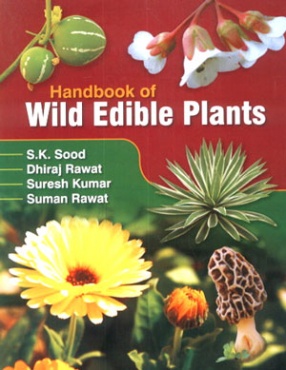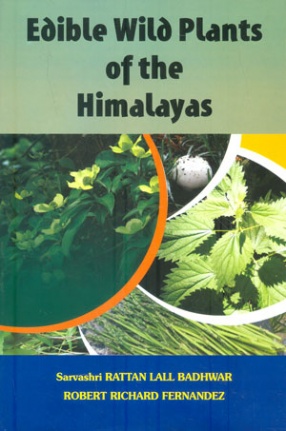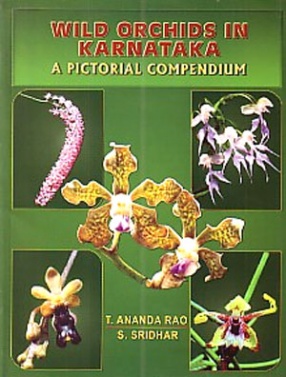Exotics in Indian Forestry
Synopsis
India with just 2.5 per cent of the land area of the planet, has to support 15 per cent of the world's human population and equally large population of livestock. The forests of the country are under intense biotic pressure leading to degradation of forest resources. The supply of industrial and domestic wood from forest areas has been dwindling. The average annual increment of forests in India is very low (0.7m3/ha/year compared to the world average of 2.1 m3/ha/year) to meet the much needed demands of fuel wood, timber and raw material for industries in large quantities. We must therefore have to pay more attention to production forestry, which involves raising plantations of fast growing species under short rotation intensive culture management. There are number of potential fast growing exotic tree genera like Populus, Eucalyptus, Leucaena, Salix, Robinia, Cryptomeria, Sesbania, Prosopis, Paulownia, Melia, Casuarina, Acacia etc., which have the potential to take intensive pressure off the natural forests. There are also several other minor species introduced for forestry purposes. The extent of area planted under these species varies greatly and reliable data are not available. Even their positive/negative impacts are purely qualitative. Quantitative data have yet to be generated on the extent of area planted, their ecology and how they interact with indigenous species. This publication, however, will meet the aspirations of the readers on different aspects on exotics. We can achieve self-sufficiency in timber and wood based products in near future and generate exportable surplus of value added wood products over a short period. The exceptionally higher productivity of Eucalypts, Poplar, Subabul, Casuarina, etc. have been recorded under farm forestry/agroforestry and most of the wood based industries like plywood and paper-pulp are largely dependent for their raw material on these farm grown species. Moreover, these fast growing exotic species are very efficient carbon sinks, which can be exploited for funding by developed countries under Clean Development Mechanism of Kyoto Protocol. This publication includes the papers presented in the National Symposium on Exotics in Indian Forestry at Punjab Agricultural University, Ludhiana during March 15-18, 2005. The publication represents the ongoing efforts of different organizations in introducing new species/genotypes for higher productivity. One of the most important message of the publication is to introduce the exotics but cautiously after following proper screening procedure so that the introduced species may not become invasive. The invasive exotic species like Prosopis Juliflora, Leucaena Leucocephala, Acacia Mearnsii, Lantana Camara etc. have been identified as one of the greatest threat to the rich biodiversity of the country. Since, the ecological impact of the exotic species is not preconceived, therefore practical guidelines are required for monitoring the implications of the new introductions. This publication will provide valuable information related to ongoing projects on exotics in different parts of the country.
Read more
130.50
117.45
$
145.00 $
Free delivery Wolrdwidе in 10-18 days
Ships in 2-4 days from New Delhi
Membership for 1 Year $35.00
Get it now and save 10%
Get it now and save 10%
BECOME A MEMBER
Books by the same authors
-

Agroforestry in 21st Century
-

Production Technology and Management of Agroforestry Models
-

Shisham and Kikar Mortality in India
-

Gandhi: A Sublime Failure
-

Decentralised Planning in India
-

Ayurveda: The Ultimate Medicine
-

Insurgency or Ethnic Conflict: With Reference to Manipur
-

Society and Culture in Indian History






Bibliographic information
S.S. Gill
S.C. Sharma
Rajni Chauhan